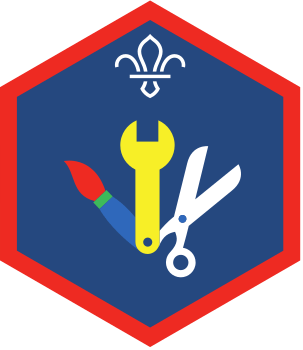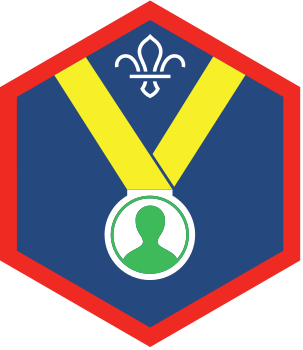Happiness stations
You’ll need
- Scissors
- Tables
- Scrap paper
- Coloured pens or pencils
- Tokens
Before you begin
- Set up eight different stations – one for each of the checkpoints on the ‘Happiness points’ sheet. You’ll need the station rules at each station.
- Split the tokens into eight piles and put one pile at each station. You could use whatever you like as the tokens: stickers, seeds, or pieces of scrap paper. You’ll need up to 24 tokens for each group.
- Decide which leader will be in charge of each station. If you don’t have enough leaders, they may need to be responsible for two or three stations each.
Earn tokens
- The person leading the activity should explain everyone that lots of things contribute to wellbeing, health, and happiness. They should explain that the stations represent eight of these things.
- Everyone should split into groups of three to four people.
- Each group should design a character. It should be a human, but apart from that it’s up to them to get creative. They should draw a quick picture on some scrap paper and give their character a name.
- Each group should make their way around the stations with their character.
- At each station, they should make a choice for their character’s day and the leader at the station should award them tokens depending on how healthy the choice is.
- Once everyone’s visited all of the stations they should gather back together.
- The person leading the activity should remind everyone that lots of things contribute to people’s health and happiness and that being happy and healthy isn’t about making perfect choices every day – that’s just not possible.
Make a big smile
- Everyone should pool their tokens together and arrange them tokens into a big smiley face.
- The person leading the activity should remind everyone that by working together and helping each other they’ll make bigger smiles than they could on their own.
- Everyone should share out the tokens evenly among the group and think about how they’ll show themselves the care and kindness they showed their character as they got the tokens.
Reflection
This activity was all about the different things that make up a healthy lifestyle. Did any of the stations surprise people? Maybe they didn’t realise that laughing was good for them or that breakfast was so important. Did people change their minds or make different choices to earn more tokens at any of the stations? Perhaps people started with a small snack and added another item to make it more filling, for example.
This activity also needed everyone to work together to make the biggest possible smiley face. How did working as team help? People could think about how they got more tokens together than anyone could have got on their own. When else can working together be helpful to boost people’s health and wellbeing?
Safety
All activities must be safely managed. You must complete a thorough risk assessment and take appropriate steps to reduce risk. Use the safety checklist to help you plan and risk assess your activity. Always get approval for the activity, and have suitable supervision and an InTouch process.
- Scissors
Supervise young people appropriately when they’re using scissors. Store all sharp objects securely, out of the reach of young people.
- Active games
The game area should be free of hazards. Explain the rules of the game clearly and have a clear way to communicate that the game must stop when needed. Take a look at our guidance on running active games safely.
- Food
Remember to check for allergies, eating problems, fasting or dietary requirements and adjust the recipe as needed. Make sure you’ve suitable areas for storing and preparing food and avoid cross contamination of different foods. Take a look at our guidance on food safety and hygiene.
Older groups may be ready to think about what things are and aren’t within people’s control (for example, it might be out of a young person’s control if their neighbours are noisy or if there aren’t any fruit or vegetables at home). What can people do to live a healthier lifestyle even if some things make it harder for them?
You could give people a multiple choice option at each station rather than letting them come up with their own answers. Muddle the options up so the lowest-token answer isn’t always first.
There are lots of reasons people might find talking about food tricky, including eating disorders, disordered eating, sensory sensitivities, and a lack of access to food or cooking facilities. Be sensitive in how you approach this activity – some people may appreciate knowing you’ll cover the topic in advance, you might need to take extra care to avoid talking too negatively about food (including food higher in sugar or fat), or you may want to keep it general and avoid asking people about their personal experiences, for example.
All Scout activities should be inclusive and accessible.
People could challenge themselves to make little changes in their lives based on what they did to take care of their character. Can they treat themselves and their bodies with the same kindness and care? This could be a great way to choose a challenge for the Personal Challenge Award.
If you use seeds as tokens, get stuck into planting and taking care of them. You could even work towards your Cub Gardener Activity Badge.



